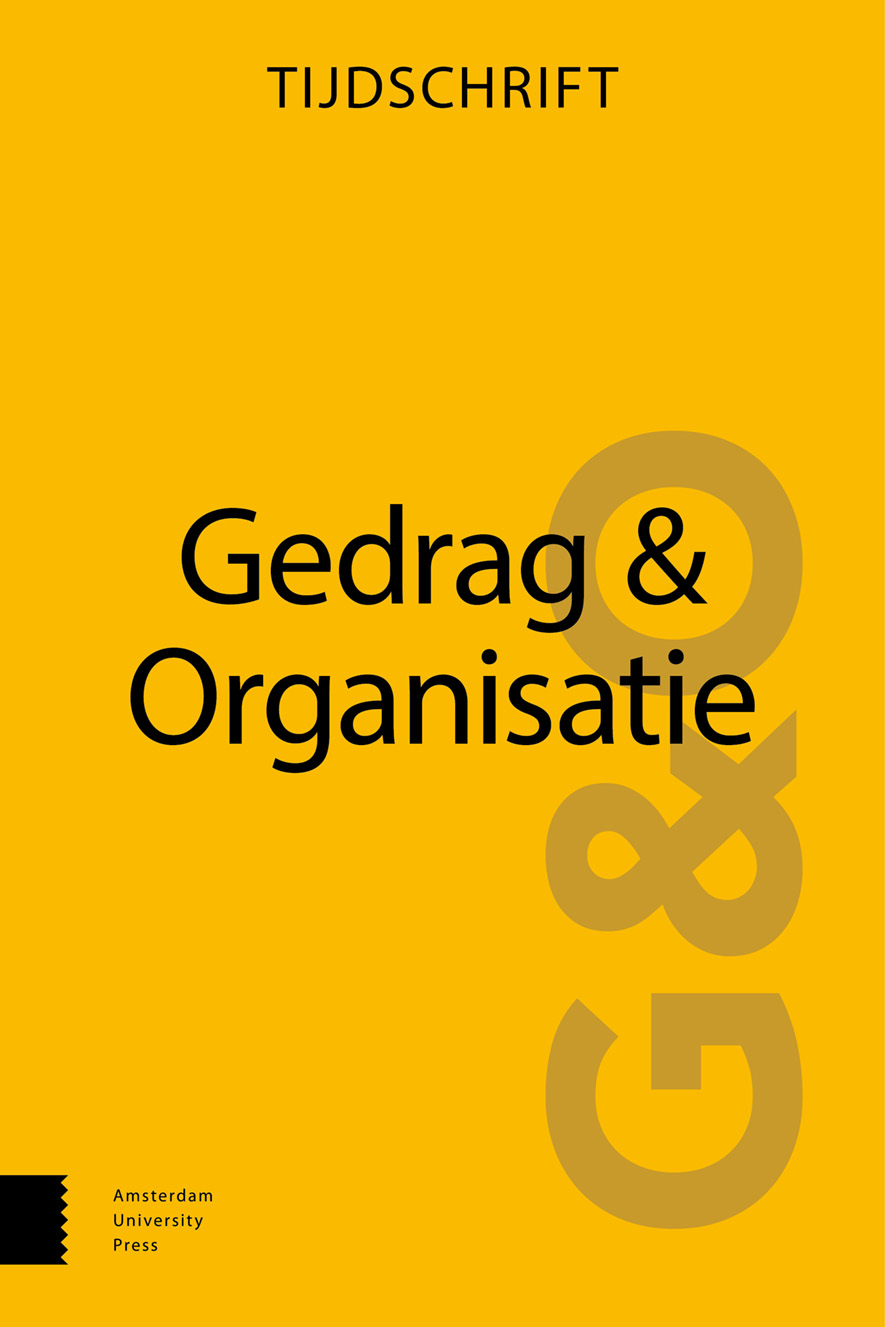
Full text loading...
 & Marijke C. M. Gordijn2
& Marijke C. M. Gordijn2
Moeheid en slaapproblemen zijn veelvuldig gehoorde symptomen bij mensen met burn-out. Naast allerlei andere factoren of omstandigheden die daarbij een veroorzakende of in stand houdende rol kunnen spelen, speelt beïnvloeding door of verstoring van chronobiologische processen hierbij een rol. De invloeden van dag-nacht-, seizoens- en jaarritmes en het werken in licht of donker hebben invloed op het slaapgedrag. Daarnaast zijn er persoonskenmerken zoals het chronotype (ochtend- dan wel avondmens) die van invloed zijn op het menselijk functioneren. In de huidige 24-uurs economie wordt daar weinig rekening mee gehouden, wat tot gezondheidsproblemen kan leiden. De hoge eisen die de huidige maatschappij aan de werkende mens stelt, of die door de werkende mens aan het eigen functioneren worden gesteld, staan vaak op gespannen voet met hetgeen biologisch gezien verstandig of optimaal is. In deze bijdrage wordt uitleg gegeven over de werking van de biologische klok en wordt stilgestaan bij de relatie tussen burn-out, slaapklachten en werkstress als gevolg van het negeren van chronobiologische factoren. Aan de hand van de literatuur wordt het effect van wisseldiensten, het negeren van chronotype en het werken in (relatieve of) biologische duisternis besproken, alsook de mogelijkheid van op chronobiologische principes gebaseerde maatregelen (chronotherapie) om klachten tegen te gaan dan wel te voorkomen.

Article metrics loading...

Full text loading...
References


Data & Media loading...

